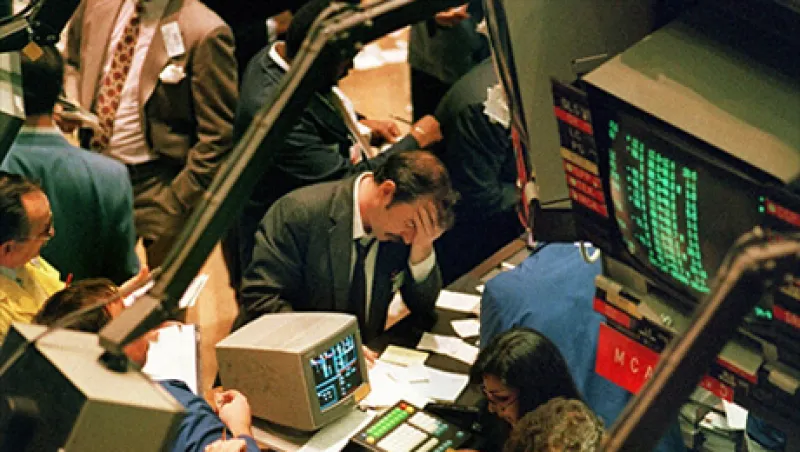
Cracks in the Foundation: What We Learned From Black Monday
The lessons of the stock market crash of 1987’s Black Monday are instructive for the purposes of understanding the pressures that could cause markets to crack today.
David Downey, OneChicago
October 19, 2012


